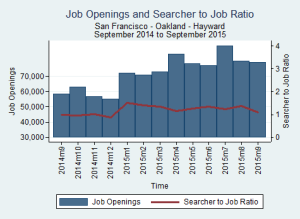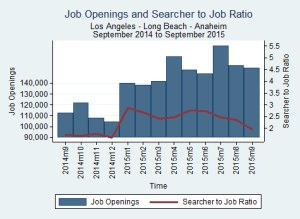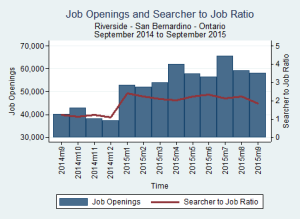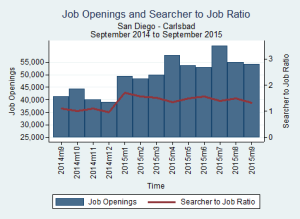The Current Population Survey (CPS) is a monthly survey of approximately 50,000 households conducted by the Bureau of Labor Statistics (BLS) and the U.S. Census Bureau. The CPS collects a vast amount of data and is an excellent resource for information on labor-force characteristics.
The basic monthly CPS provides general demographic information as well as employment status, industry, and occupation. The monthly survey is often used to examine unemployment rates and the duration of unemployment. The BLS publishes tables reporting the unemployment rate and the average and median duration of unemployment by gender and age, race, or marital status. These tables are generally referenced in wrongful termination cases to show the expected length of time it will take the plaintiff to find a new job.
In addition to the basic monthly survey, the CPS includes monthly supplements. These supplements include displaced workers, job tenure, and mobility, and a demographic supplement (often referred to as the March supplement), just to name a few.
The job tenure supplement can be used to estimate the amount of time an individual would have likely remained at a job if the termination had not occurred. The demographic supplement is often used to determine average and median wages for particular education levels. Additionally, regression analysis can be used to estimate lifecycle earnings for individuals based on their age or years of experience, education, and other pertinent demographic factors.
For more information, please go to www.bls.gov/cps/


 Here at Employstats, our analysts utilize the statistical software package Stata for data management, as well as data analysis in all types of wage & hour, economic, and employment analyses. With Stata, all analyses can be reproduced and documented for publication and review.
Here at Employstats, our analysts utilize the statistical software package Stata for data management, as well as data analysis in all types of wage & hour, economic, and employment analyses. With Stata, all analyses can be reproduced and documented for publication and review.





